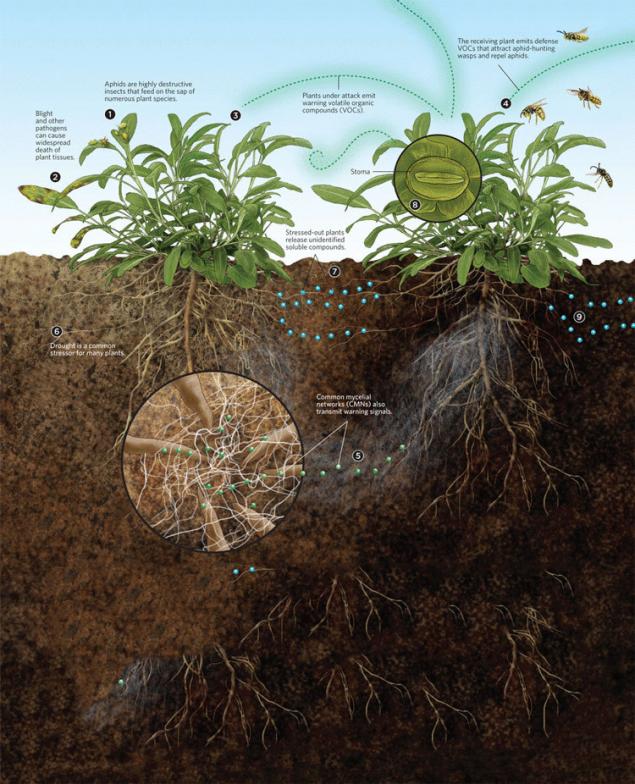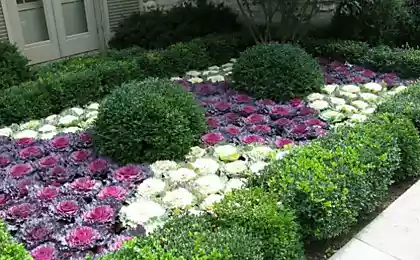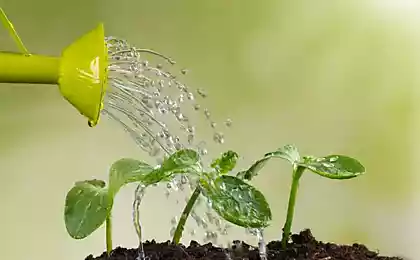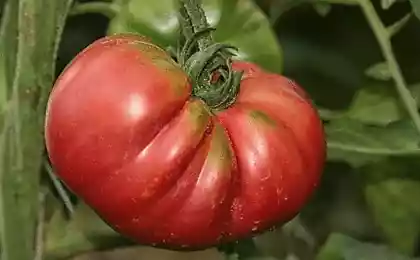514
Amazing discovery—plants communicate with each other through the soil

A new study conducted by Dr. David Johnson at the University of Aberdeen found that plants actually communicate with each other through the soil. The study shows that when vegetables are infected with certain diseases, they alert other nearby plants that you want to activate genes that will fight the disease. The key to this communication is the mycelium in the soil, which acts as a data network.
The mycelium and some plants have a symbiotic relationship, in accordance with the data research group. As has long been known that plants supply water, and the mycelium supplies the necessary minerals. But now it turned out that the mushroom mycelium that creates a network in the soil, connecting with various plants, also plays an important role as a conduit.

In 2010, a team of Chinese researchers found that when tomato was infected by spotting of leaves, he was able to warn nearby plants, which then prepared for the virus protection beforehand. Dr. David Johnson and his team wanted to find out what is the mechanism of plants able to provide this information.
To prove that plants communicate through the soil, the team has created an artificial environment in which planted five bean stalks. Beans are often attacked aphids. When this happens, it releases a chemical that attracts wasps, subsequently destroying aphids.
Five weeks after the start of the experiment all plants were covered with a "film" that allowed couples of carbon dioxide, oxygen and water free to evaporate, but they prevented the passage of large molecules. So scientists have tried to determine that the Beanstalk might use for communication.
Four days before the end of the experiment, one of the 40-micron meshes in each mezokosm were severed, and the Central plant was then infested with aphids. The experiment showed that, indeed, bean plants communicated with each other through the soil after one of them was attacked by aphids.
Source: www.ecobyt.ru/





















